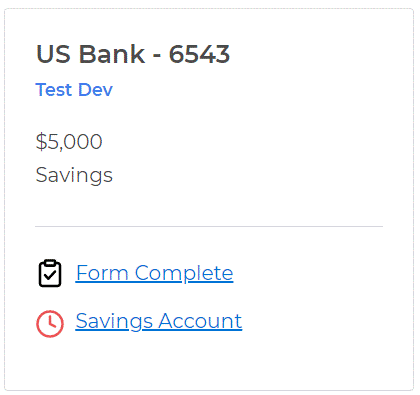Review Required Document Criteria on Application load to prevent orphaned Required Documents
Some of you have set an existing Required Document Template to Inactive or have modified a Conditional Field that makes current Required Documents and uploads no longer relevant. These Required Documents where no longer showing in the application but still lived in the background. When you tried to review the application you would have seen that there is one more Required Document to review but you couldn’t see it and may have need to manually delete it. That’s updated. When the application loads it will review all existing Required Documents and delete any that are no longer are relevant. Yeah!
Recalculating Service File Max and Min Income limits
Now, you can simply delete a Maximum Allowable Income or Minimum Allowable Income to have them recalculate.
Required Document Template Validation
On your Required Document Template, if you’ve edited your Program, Document Review Fields or Conditional Fields, you may have experienced adding an incompatible Field – resulting in an error anytime an applicant tried to upload to the applications. We’ve added a trigger to prevent you from being able to save incompatible Comaptible Programs, Document Review Fields or Conditional Fields.

Account Numbers appended to Asset and Debt Financial Institution in Application UI
We haven’t changed the Asset/Debt name or Destination Folders. This is just to help Staff and Applicants differentiate between accounts. Note: For the next update, we are working on appending the last 4 digits of the Salesforce ID to Destination Folders to avoid any duplicate issues.

Other improvements:
If you didn’t have an Applicant URL link on the Service File before, well you do now. You can reach the Applications without having to go back to the Contact.
For uploaded files with the same name, we’ve improved how we increment those files to distinguish them.
Standard Rounding option for Custom AMIs – If the standard calculations for AMI don’t work for you, you can specify custom amounts and apply to Standard Rounding to. You can add 100% custom values in the AMI and then use that AMI across the system at different Max and Min AMI percentages.